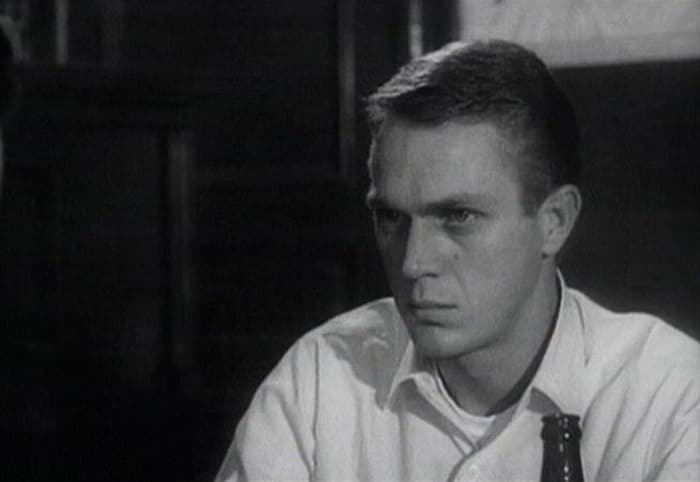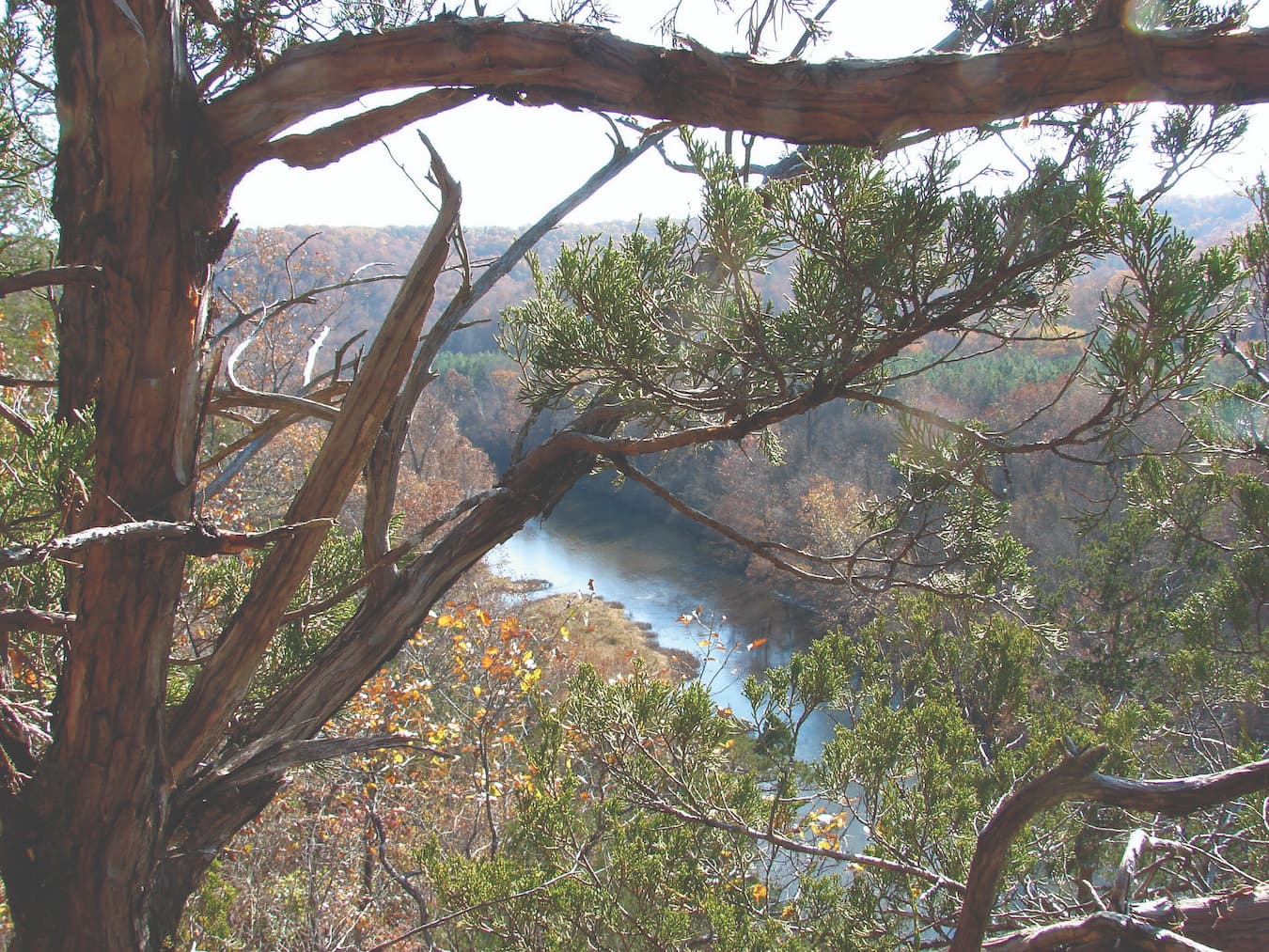Artist David Plank can’t remember a time when he wasn’t drawn to birds. While his boyhood friends were busy kicking soccer balls and hitting baseballs, David was in the woods of Salem with paper and pencil, capturing the details of a perched barn swallow or a purple martin.
“That’s just been my thing,” he says. “I’ve always been attracted to birds. They are my calling.”
David’s first drawings as a child were in crayon. He later moved on to watercolors purchased in little tins at the dime store. Some seventy years later, David hasn’t left the woods of his family farm. His home and art studio are on the same land where he grew up.
“People are so eager to get out and find a better spot in the world, but I think the best things in life are found at home or in your own backyard,” he notes.
After graduating from Salem High School in 1953, David did a stint in the army as a photographer. Upon returning home from overseas, he worked at the Salem Press for eleven years before he was “discovered.”
It was the early 1970s, and David had a few of his pieces on display at Akers Ferry Canoe Rental in Salem. The owners were family friends.
“Some folks from the University of Missouri came off the river and asked the owners about my bird drawings,” David recalls. “A few weeks later, my work was on display at the Columbia Public Library, and a local gallery owner there liked my stuff. The gallery was called Jim’s Paint Palette, and Jim went on to handle my artwork for about twenty years.”
David has been making a living as a bird artist ever since. “In retrospect, it was a rather daunting move to quit my job and go full time as an artist, as there are no regular paychecks,” he says. “In the end, though, it has worked out.”
No List
Sketching birds for seven decades, David has become an expert on Missouri birds. He’s quick to point out, however, that he is not a scientist. In fact, he’s never even had an interest in keeping detailed records on the thousands of birds he’s spotted over the years.
“Most birdwatchers keep a list of what they’ve seen and where they’ve seen them. I’m just interested in sketching them,” he says.
“I’m trying to express what I feel about what I see. I’m not simply documenting a bird scene. My purpose is to transcend what is out there.”
His works have graced the covers of more than fifteen issues of Bird Watchers Digest and other magazines.
During his career, David has illustrated two books: Arkansas Birds, Their Distribution and Abundance, and Birds of Missouri: Their Distribution and Abundance. His paintings and drawings have been displayed in art shows and galleries across the United States.
Yet even with all of these accomplishments, he humbly shares that his greatest achievement is just being able to put paint on canvas to create something that can inspire for many years.
Setting First
David confesses that he’s never had a formal art class. He never went to college and admits that he couldn’t even tell you anything about the color wheel.
“I’ve always been on my own, but I think the fact that I knew I had this talent and wanted to be an artist really kept me going,” he says. “It’s intuition. I know what I want and how to get it.”
He estimates that he’s drawn 14,000 field sketches since his days in grade school. Most of them are on loose sheets of paper, stacked high or tucked away in files in his studio. David doesn’t draw from photographs of birds, but rather with a well-developed, quick hand technique.
“With bird sketching, you have to draw quickly,” he says. “Birds don’t stick around and pose for you.”
From his plein air drawings—most conducted in five or six seconds—he sketches a much larger, more detailed scene with the bird placed in it. That drawing is then taped above his easel, ready to be re-created with his palette of watercolors.
He says that his painted background isn’t necessarily the setting in which he initially sketched the bird. “I do the background first because you want to place the bird in that environment,” David says. “That’s the way it is in nature. Birds are found in a habitat. A habitat doesn’t go to a bird.”
David’s favorite bird to paint is the bird he grew up with—the eastern kingbird.
“I can remember they always nested in our yard,” he says. “They are very protective of their nesting territory. They’ll go after anything. They’re fearless.”
Beyond the Limb
Of his 14,000 sketches, David figures that around 1,600 are paintings and that he has sold 1,300 of them. He smiles when he says his first painting of a warbler sold for ten dollars in the late 1950s and is displayed on the walls of a local bank. His most expensive piece sold for $1,600. On average, he produces twenty-five finished works a year.
David’s most adventurous work has been experimenting with putting birds over geometrical backgrounds. He’s done about three dozen of these contemporary works over the last two decades.
“I didn’t want any connection between the bird and the background,” he says. “I am concerned with color design as well as the visual contrast between the soft feathers of the birds and the hard edge of the geometric shapes. I enjoy doing these. It’s something that just came to me. There’s no big meaning or symbolism behind it all.”
The Salem artist says there is still work to be done. There are no retirement plans on the horizon. In the meantime, David Plank can be found on his family’s farm with paper and pencil in hand and a pair of binoculars around his neck, on the hunt for his next masterpiece.
For more information or to purchase David Plank’s paintings, visit DavidPlank.org.
Related Posts
The Great St. Louis Bank Robbery Takes Place: April 24, 1953
A lethal heist gone wrong took place on this date in 1953.
Experience India Through Music and Dance
The American Natya Festival, now in its fifteenth year, is a three-day celebration of Indian artistic tradition. Performers from around the United States and India will dazzle audiences with spirited song and dance and elaborate costumes.
Beauty on the Current
The richly diverse Current River State Park features almost two miles of beautiful river frontage, offering ample opportunity for swimming, floating, and fishing as well as hiking, backcountry camping, and interpretive programming.
New Heights
Rock climbing devotees pride themselves on inclusivity and positivity. No one is too old, too big, or too small to try the sport, and there's no shortage of opportunities for those seeking a fresh perspective on some of Missouri's most-loved places.




